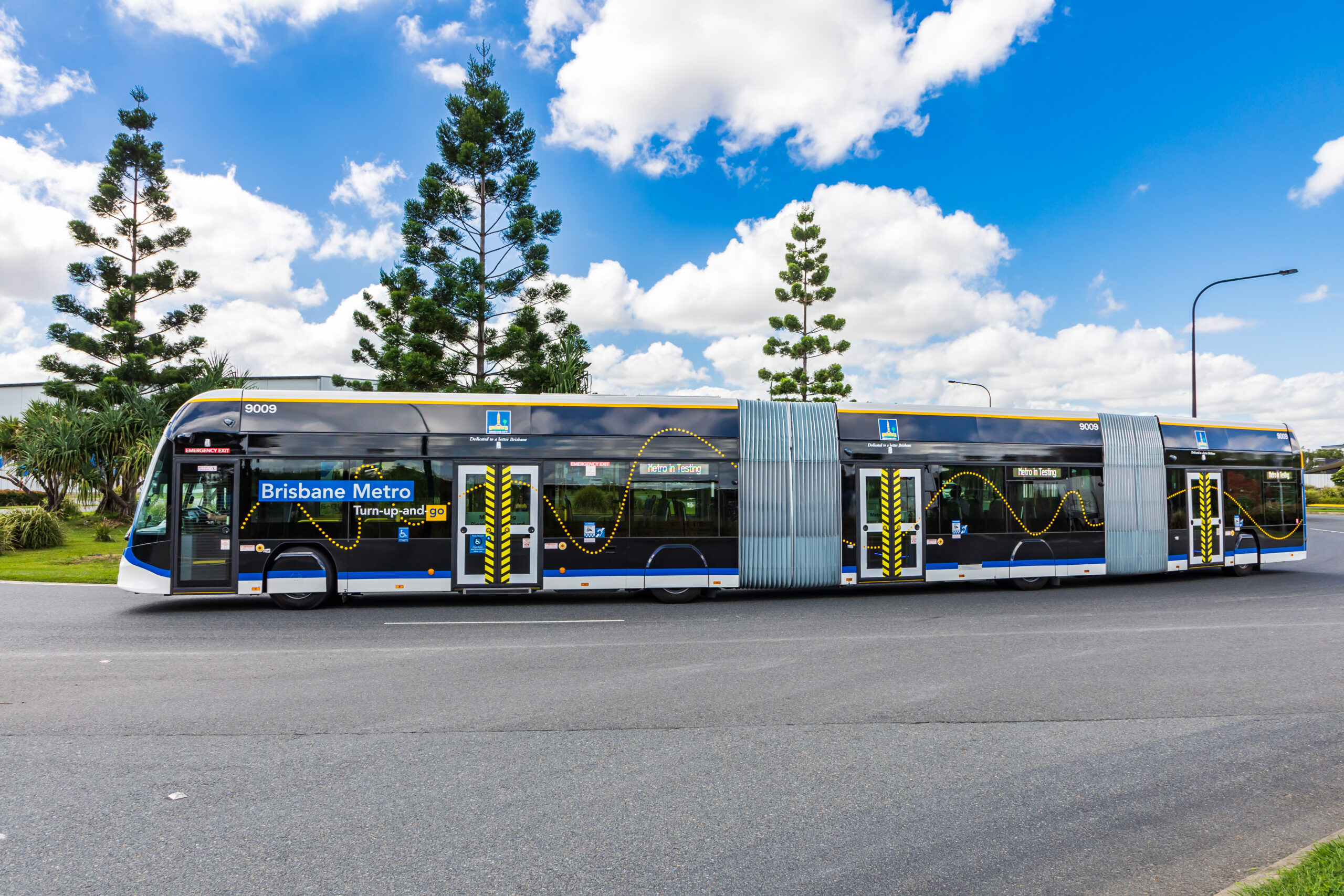Sign up for daily news updates from CleanTechnica on email. Or follow us on Google News!
A recent article at The Daily Upside tells the story of a new patent Lyft recently filed. It looks a little boring on the surface, but with a little context, it’s actually a pretty important thing. Knowing when a self-driving car is actually ready for the road is going to be a tough decision for companies to make, and making the right call isn’t as simple as many might think.
The Challenge Of Deciding When AVs Are Ready For Primetime
Want to see how challenging it can be to decide whether an autonomous vehicle is truly autonomous? Spend some time on Twitter/X and look at opinions about Tesla’s FSD Beta (aka “FSD Supervised”). Some people think it’s ready to drive them around, and that it’s just up-tight government officials who are keeping the visionary and all-knowing Elon Musk from sharing his great work with society. Other people like to point out how it still makes some pretty big mistakes, and how a truly self driving car you can trust has been promised for the better part of a decade. Some people even say it might be a long con.
Attempts to remove personal opinion and qualitative thinking from the equation and go with hard numbers have also been tougher than you’d think. “Miles between interventions” is a big one, but that’s a tough one for the public to really understand and contextualize. It’s also true that driver assist features like Autopilot and FSD Supervised are used more in places where the user knows it’s more likely to perform, further skewing a limited data point like that.
Lyft’s Ideas On This That They Don’t Want Others Copying
Lyft decided to consider more things to make sure that they don’t get overly confident about how well an AV system works. In Lyft’s case, there’s no $8000 or more option to buy the product forever regardless of whether it gets delivered or when. A bad autonomous vehicle experience in a Lyft vehicle means the customer moves off to another platform, like Uber, or simply chooses to only hire more expensive human drivers.
One measure of AV outcomes is a “utility metric,” which considers things like restrictions and previous rides in different areas. This shows how useful the system is at delivering real usefulness (or, utility). This quite rightly dings systems limited to smaller areas or systems that work better in some places than others.
Another metric Lyft wants to use is “disengagement.” Obviously, this is going to mean the number of times a vehicle’s safety/testing driver has to take over. But, not all disengagements are created equal. Some disengagements happen to prevent safety problems or violations of traffic laws. But, other disengagements happen for what the company calls an “elegance violation,” where nobody was at any risk of harm or breaking the law. Things that reduce the comfort of riding in a car count here.
Another metric the company wants to consider is the overall comfort level. After all, an AV can do a theoretically perfect drive with no disengagements, no “elegance violations,” and no problems with traffic laws. It could even work everywhere, keeping those points intact. But, if the ride makes people get motion sickness, nobody’s going to want to take that ride again. Or, worse, Lyft could have increased cleanup expenses from vomiting and spills.
This last one can only rely on human experience, but mixing human comfort with a ride and harder numbers on disengagements and the usefulness of a system gives a more well-rounded view of whether the company wants to hire it to give people rides.
Featured image by Lyft and CleanTechnica.

Chip in a few dollars a month to help support independent cleantech coverage that helps to accelerate the cleantech revolution!
Have a tip for CleanTechnica? Want to advertise? Want to suggest a guest for our CleanTech Talk podcast? Contact us here.
Sign up for our daily newsletter for 15 new cleantech stories a day. Or sign up for our weekly one if daily is too frequent.
CleanTechnica uses affiliate links. See our policy here.
CleanTechnica’s Comment Policy



